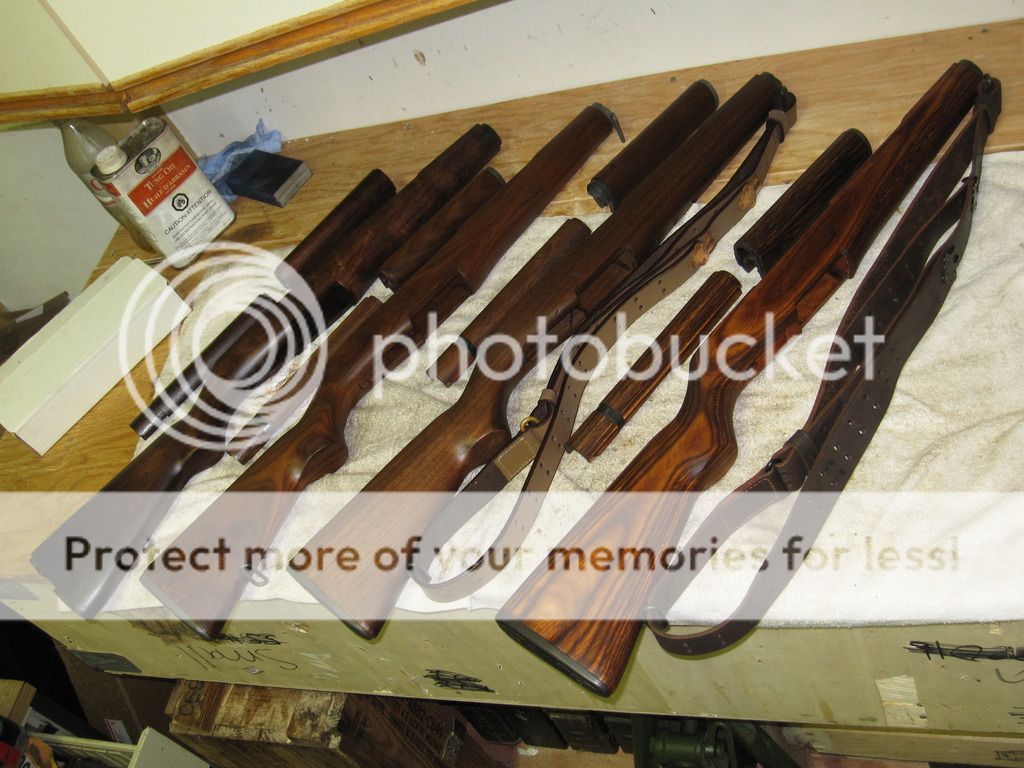I have an unfinished stock from a few years ago. I have lightly sanded it (220, 400, 600 grit). I then removed the dust with a damp cloth and noticed that it darkened up nicely.
Here's the question. Should I stain with Birchwood Casey water based stain before Tru-oil or just skip the stain and start with Tru-oil?
Any finishing suggestions are appreciated - however I used Tru-oil on my R700 project and the end result was great.
Here's the question. Should I stain with Birchwood Casey water based stain before Tru-oil or just skip the stain and start with Tru-oil?
Any finishing suggestions are appreciated - however I used Tru-oil on my R700 project and the end result was great.











































































